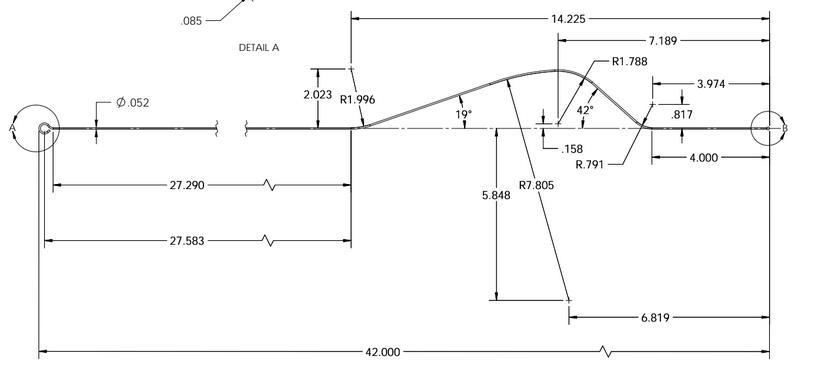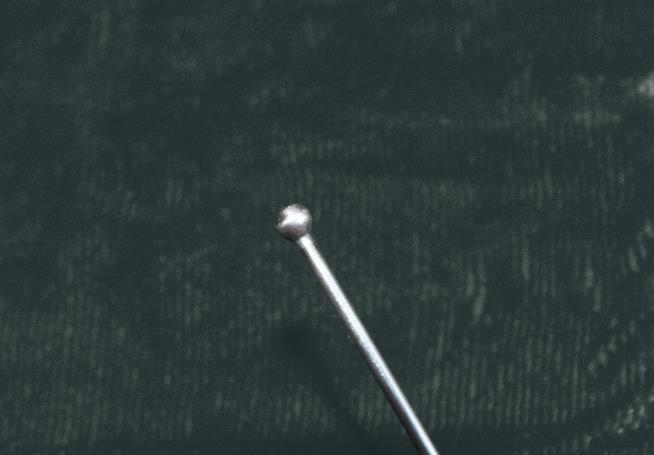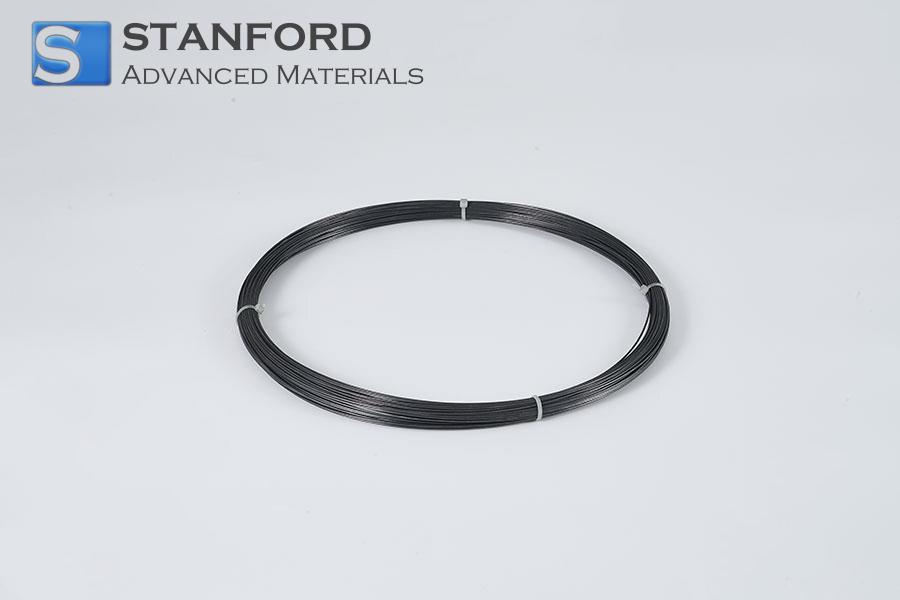Successful Case Of Nitinol Wire Used In Medical Devices
Nitinol is a nickel-titanium alloy that differs from other materials due to its shape memory and superelastic properties. The term "Shape Memory" describes the phenomenon whereby the material returns to its preformed shape when heated. The superelasticity quantifies to an elasticity up to 10 times higher than that of the best stainless steels used in current medical practice.
Nitinol’s superelastic property and biocompatibility make it suitable for manufacturing a range of implanted medical devices. One application is the stent, a device that supports blood vessels and keeps them open. Owing to Nitinol’s superelasticity, a stent or heart valve can be compressed into a form that fits into a catheter. The catheter is positioned at the required site, the device is released, and it reverts to its original form.
A client of Stanford Advanced Materials (SAM) developed a medical device manufactured from Nitinol wire. The research team designed an instrument intended for insertion into the patient’s oesophagus. The device required a spherical tip to prevent scratches in the oesophagus and a curved section that bends away from the heart. A plastic hook at the opposite end allowed the doctor to grasp the device.

Since the device is used internally, contamination must be avoided and the number of weld joints between individual parts should be minimised or eliminated (the original design of the spherical head involved welding one end of the wire).
After the client defined the requirements for the medical device intended for clinical use, the engineers at SAM proposed a solution to fulfil the objective. The principal challenge was that the wire, although small enough to be introduced via the patient’s mouth, would rapidly expand inside the body. This challenge was resolved by utilising Nitinol materials. The engineers recommended storing the "shape memory wire" in ice water to fix the compact form; once the wire is introduced into the human body and encounters an oesophageal temperature of approximately 37°C, it gradually expands to its original design.
At the client’s request, the engineers addressed a potential issue by proposing that the wire be melted into the spherical tip to reduce the risk of detachment during use. Here is an image showing the melted sphere at the end of the wire:

When the initial prototype was received, the client detected a problem. The wire at the handle was too soft to allow twisting and manipulation once inserted into the body. Its softness caused it to rotate without enabling adjustment of the curve’s direction within the body.
To address this issue, the engineers developed an alternative solution. They separated the straight section (which includes the coiled end) from the curved portion. The two segments were then welded together so that the component appears continuous. This method significantly strengthens the straight section while allowing the curved portion to retain its shape memory capability. Although the cost increased by an additional £3.98 per unit, the client accepted the proposal because it resolved the functional issues.
The client adopted the splicing method and used it for subsequent orders. Compared to the earlier spherical and wire welds, the weld joints are stable and do not detach, thereby increasing safety in clinical use. Although the device’s cost increased, its performance and longevity improved; consequentially, the overall life-cycle costs were reduced by 40%.
Notably, the client filed a patent application for this design modification. SAM supported the client with its technical proposals.
SAM is a manufacturer of Nitinol wires, produced from various nickel-titanium alloys. These wires are frequently applied in medical technology as well as in other fields. Medical technology companies with similar applications are invited to send inquiries to sales@SAMaterials.com for any requirements regarding Nitinol.

 Bars
Bars
 Beads & Spheres
Beads & Spheres
 Bolts & Nuts
Bolts & Nuts
 Crucibles
Crucibles
 Discs
Discs
 Fibers & Fabrics
Fibers & Fabrics
 Films
Films
 Flake
Flake
 Foams
Foams
 Foil
Foil
 Granules
Granules
 Honeycombs
Honeycombs
 Ink
Ink
 Laminate
Laminate
 Lumps
Lumps
 Meshes
Meshes
 Metallised Film
Metallised Film
 Plate
Plate
 Powders
Powders
 Rod
Rod
 Sheets
Sheets
 Single Crystals
Single Crystals
 Sputtering Target
Sputtering Target
 Tubes
Tubes
 Washer
Washer
 Wires
Wires
 Converters & Calculators
Converters & Calculators
 Write for Us
Write for Us


 Chin Trento
Chin Trento


